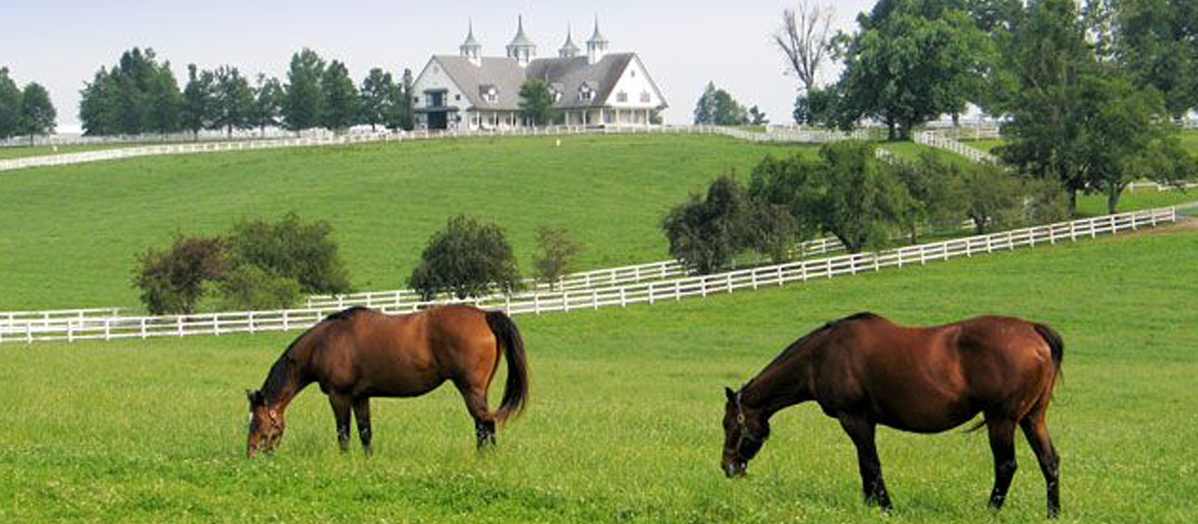365 Days in Horse Country – The Lipizzan
The marriage of Berber and Arab blood with athletic Spanish horses during the Moorish occupation of Spain (711-1192) led to one of the most beautiful and athletic horses: the Lipizzan, or Lipizzaner, as it is also known. Originally created as a light , fast war horse, the Spanish mounts were prized for their hardiness and intelligence as well as their good looks. With the revival of classical riding in Europe during the Renaissance, they became even more desirable. Hapsburg ruler Maximilian II acquired a number of them in 1962 and brought them to Austria, where he founded the court stud Kladrub. His brother, Archduke Charles, followed suit in 1580 with a stud Lipizzan Iin what is now Slovenia), near the Adriatic Sea. The horses that came to be known for their airs above the ground took their name from Charles’ stud. Both studs produced riding horses and carriage horses and occasionally exchanged breeding stock.
In 1735, Austrian Emperor Charles VI opened the Spanish Riding School at the imperial palace in Vienna. Young riders learned the art of haute ecole dressage, the caprioles, courbettes, piaffes, passage, and other movements that enabled military riders to escape dangerous situations or to more easily attack. These sophisticated above-the-ground movements were based on Xenophon’s priciples of classical riding, which emphasized kindness and rewards during training and formed the basis for modern dressage.
The Spanish Riding School had another equally important purpose: to perpetuate the breeding of the Lipizzan horse. By the nineteenth century, Spanish horses of the type originally used were no longer available, so Arabs were choses to replenish the strain.
The Lipizzan today has a sturdy body, brilliant action, and proud carriage, but it is best known for it’s white or gray coat. Foals are born a black-brown, brown, or gray colour and turn white at six to ten years of age, although a rare few retain their birth colour. It stands from 14.3 to 15.3 hands, not very tall, but the body is strong with its short powerful neck, heavy shoulder, well-rounded hindquarters, and short, strong legs. Both mane and tail are long and thick, and the tail is carried high.
While it is still best known for its performances at the Spanish Riding School and throughout the world, the Lipzzan is also a successful dressage and driving horse, as well as a pleasure mount. It is a reare breed, however, with fewer than 3,000 in the world. Devotees appreciate the Lipizzan for its beauty, intelligence, and athleticism.
Michael







